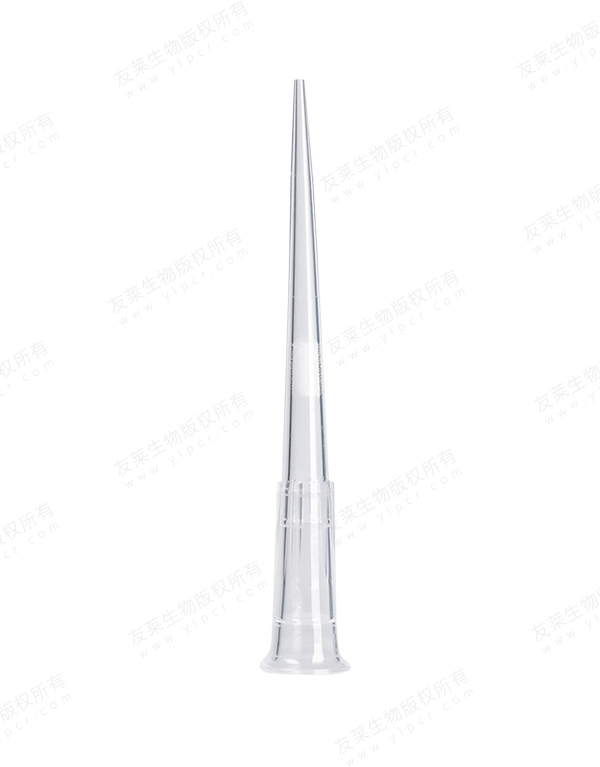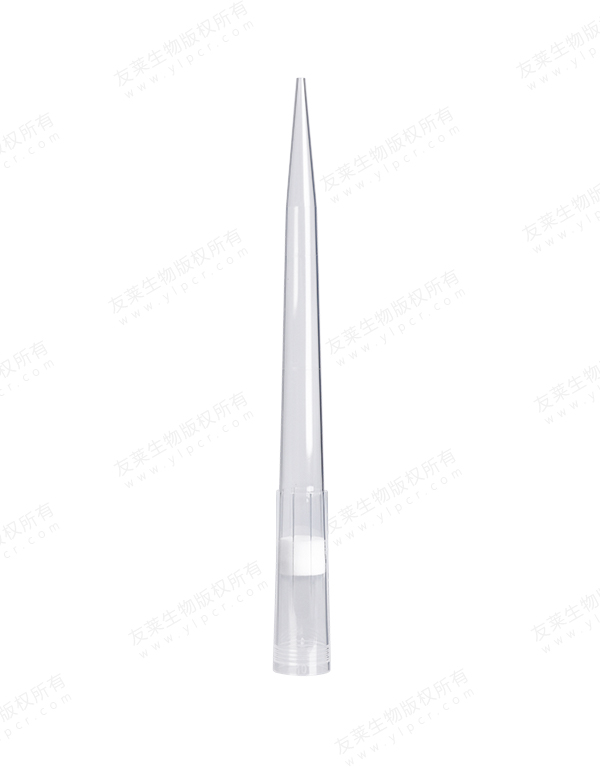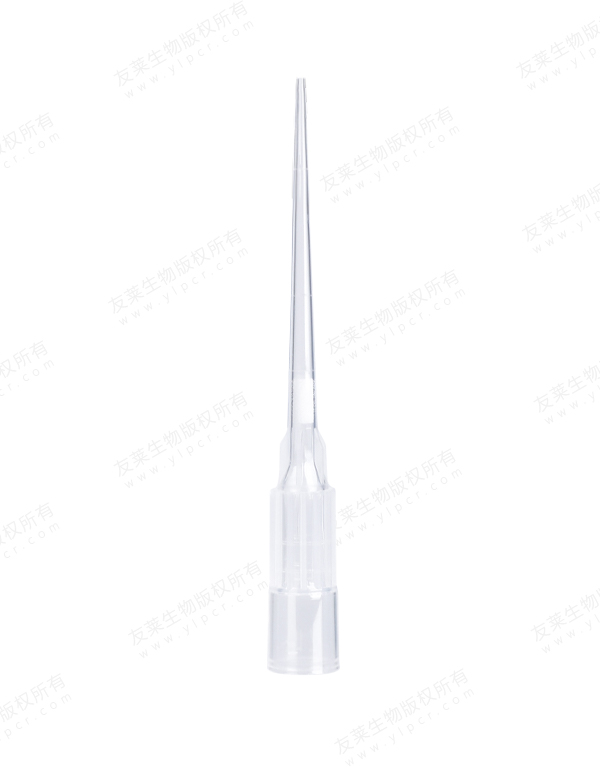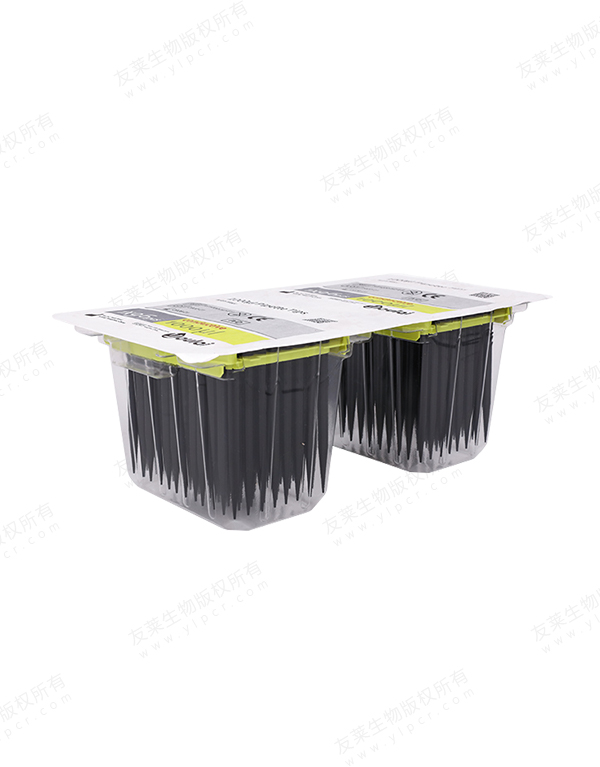Cryopreservation Process and the Role of Cryovial Tubes:
Cryopreservation Process:
Cryopreservation is a process that involves freezing cells, tissues, or biological samples at extremely low temperatures to suspend their metabolic activities, allowing for long-term storage without significant deterioration. This preservation technique is crucial in various fields, including medicine, research, and assisted reproductive technologies. The cryopreservation process typically involves the following steps:
Sample Preparation:
Cells or biological samples are prepared by adding a cryoprotectant solution. Cryoprotectants help prevent ice crystal formation within the cells, reducing damage during freezing.
Cryogenic Freezing:
The prepared samples are gradually cooled to very low temperatures, often using liquid nitrogen or other cryogenic agents. Controlled freezing helps prevent the formation of ice crystals that could damage cell structures.
Storage in Cryovial Tubes:
After the controlled freezing process, samples are transferred to cryovial tubes for storage. These tubes are specifically designed for cryogenic applications and ensure the integrity of the stored samples.
Contribution of Cryovial Tubes to Sample Integrity:
Material Compatibility:
Cryovial tubes are typically made from materials such as polypropylene, which has low-temperature resistance and is compatible with cryogenic storage. This ensures that the material of the tube does not negatively interact with the samples.
Leak-proof Sealing:
Cryovial tubes feature secure sealing mechanisms to prevent leaks during storage. This is crucial for maintaining the integrity of the samples and avoiding cross-contamination.
Resistance to Temperature Extremes:
Cryovial tubes are designed to withstand extreme temperature variations, from the initial freezing process to storage in liquid nitrogen. This ensures the tubes remain intact, preventing structural damage that could compromise sample quality.
Gradual Cooling and Thawing:
The design of cryovial tubes allows for controlled and gradual cooling, reducing the likelihood of ice crystal formation within the samples. Similarly, during thawing, the samples can be brought back to higher temperatures slowly, minimizing stress on the cells.
Secure Closure Mechanisms:
Cryovial tubes often have secure closure mechanisms, such as screw caps or O-ring seals, to provide an airtight and secure environment for the samples. This prevents the ingress of contaminants and maintains the integrity of the samples over time.
Sample Identification and Tracking:
Cryovial tubes are designed to facilitate easy labeling and identification of samples. This is essential for accurate tracking, retrieval, and documentation, ensuring that each sample can be traced back to its source.
Biocompatible Materials:
The materials used in cryovial tubes are chosen for their biocompatibility, minimizing the risk of adverse reactions between the tube material and the stored samples. This is especially important for long-term storage applications.
Uniform Sample Distribution:
Cryovial tubes often feature conical or rounded bottoms, allowing for efficient sample retrieval and ensuring that samples are evenly distributed within the tube. This aids in maintaining sample consistency during storage and retrieval.

 English
English русский
русский 中文简体
中文简体




